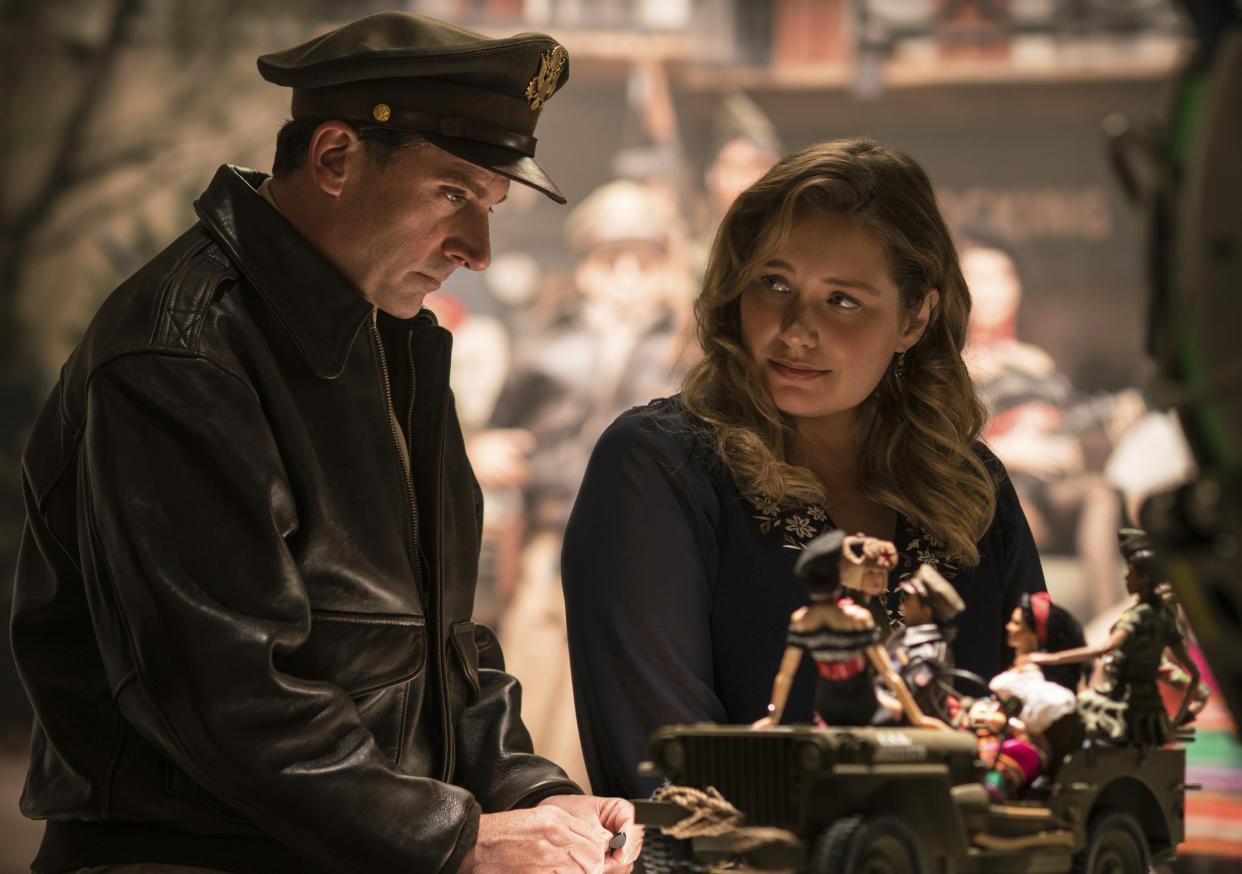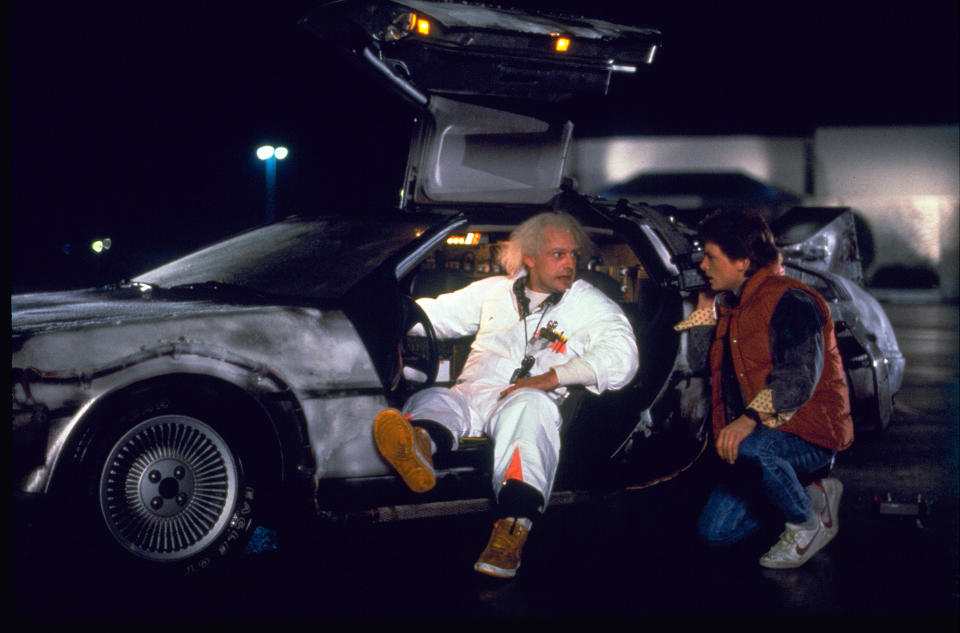'Welcome To Marwen' director Robert Zemeckis explains how that HUGE meta-cameo happened

Oscar-winning director Robert Zemeckis has a new film in cinemas right now and, like his other recent films, Welcome To Marwen pushes the boundaries of visual effects in new and unusual ways.
Utilising groundbreaking performance capture technology, the film tells the real-life story of Mark Hogancamp, an American artist who uses photography and model craft to rebuild his life after he suffers life-changing injuries in a brutal, and unprovoked attack.
Stunning VFX work is deployed by the Back To The Future filmmaker to bring Hogancamp’s fantasy world of Marwen to life. Steve Carell plays Hogancamp and also Hoagie, the Action Man-like hero of the fictitious model world of WW2-era Marwen, which is also populated by a series of female dolls played by Leslie Mann, Merritt Wever, Janelle Monae, and more through mo-cap performances.
As the film reaches its climax, Zemeckis introduces something very familiar from one of his most famous films, and it’s been taking audiences by total surprise.
The filmmaker admits he was initially resistant to the idea of including it for fear of being too self-referential.
Warning: Welcome To Marwen plot spoilers incoming…
As Hogancamp’s battle with the real-life thugs changed his life reaches its peak in the real world, as does Hoagie’s fight with the Nazis – their fictional proxies – in Marwen.
His only chance to survive is by building a time machine, which appears in the form of a hastily-cobbled together DeLorean DMC-12, the time machine used by Doc Brown and Marty McFly in Zemeckis’ most famous film Back To The Future.
The director says, although he was initially cautious about re-using the famous film car, he felt he had no other options.
“I struggled with the self-reverential thing,” Zemeckis tells Yahoo Movies UK.
“But then I ultimately had to embrace reality. And the embracement of reality was, if went out into the street and collected a bunch of people, and asked them what a time machine looked like, the vast majority would say it looked like a flying car. And I thought that’s probably what Mark thought too.
“Because that would be the cultural time machine touchstone, so I just had to go with it.”

Zemeckis, who won Oscars for Forrest Gump, says he let the designers have free-reign in redesigning the time machine, only offering advice when needed.
“I gave a little bit of input but then I said to the guys who were designing it, ‘this guy builds this out of scrap. He builds it out of a collection of LEGO and stuff that he finds laying around in a scrap heap so it’s got to look handmade in that sense’, and they got it. They did a good job.”
It’s a huge crowd-pleasing moment in the film, offering a bit of much-needed levity to the film’s emotional finale.
Welcome To Marwen is in cinemas now.
Read more
Steve Carell is the internet’s latest crush
How Who Framed Roger Rabbit changed Hollywood
The best movies of 2018

 Yahoo Movies
Yahoo Movies 

